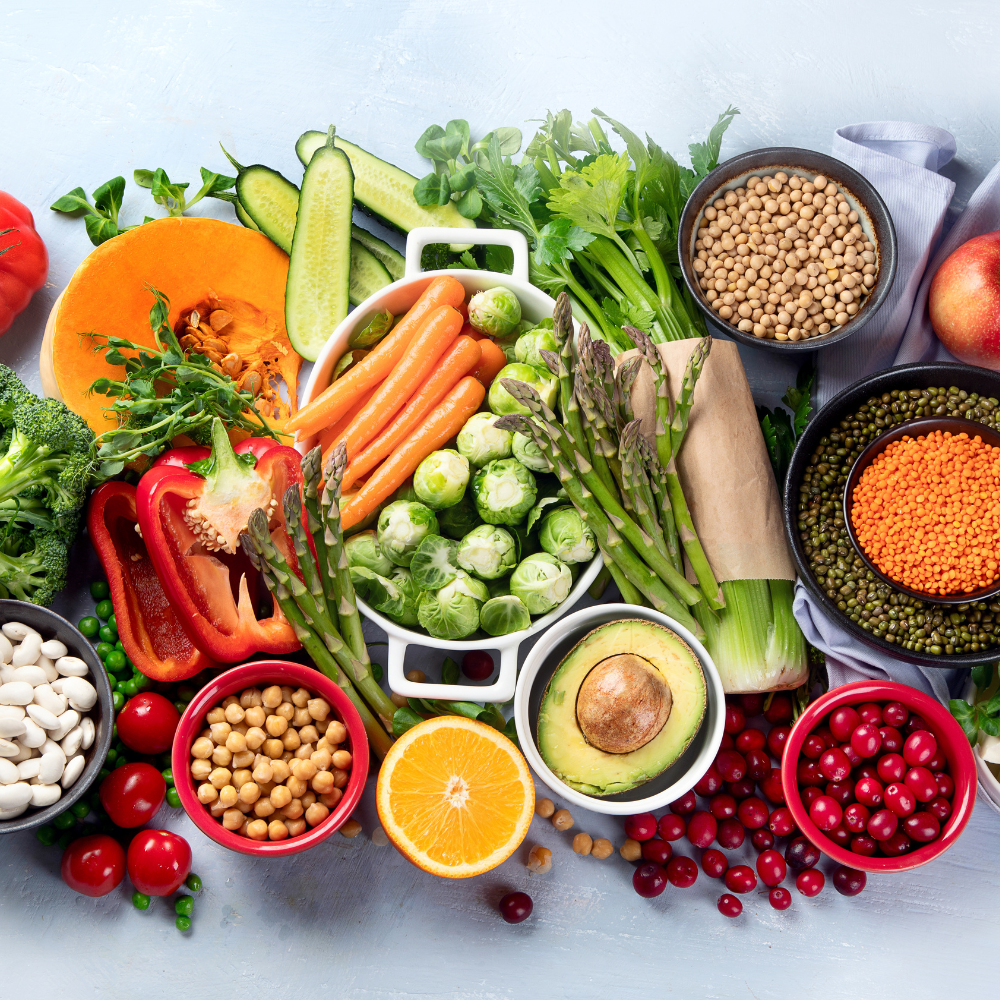The cardiac diet is a dietary schedule that can help you reduce the impact of your diet on your heart health.
Our eating habits and inactive lives in today’s fast-paced world have contributed to an alarming rise in cardiovascular ailments. It is now more crucial than ever to follow a cardiac diet, a unique dietary routine created to boost heart health and lower the risk of heart-related illnesses.
In this article, we will learn about the components of a cardiac diet and its advantages for maintaining your heart.
Understanding the Cardiac Diet:
A cardiac diet, often known as a heart-healthy diet, priorities supporting our circulatory system at its core (no pun intended). It focuses on including heart-healthy foods that are high in nutrients while being aware of those that can be dangerous.
A Cardiac Diet:
A carefully planned meal schedule meant to support heart health is known as a cardiac diet. It attempts to promote the heart’s normal functioning while lowering the risk of heart-related illnesses by putting an emphasis on nutrient-rich diets.
The Role of Nutrients in a Cardiac Diet
Healthy Fats
For your good heart health, it is important that you should add healthy fats to your diet. These fats are present in avocados, almonds, and olive oil. These fats are very useful in reducing harmful cholesterol levels and also preventing the risk of heart disease.
Sodium Control
Consuming too much salt can cause hypertension, putting pressure on the heart. A cardiac diet emphasizes reducing salt intake by avoiding processed foods and adding flavor through herbs and spices.
Fiber-Rich Foods
Oats, legumes, and fruits are among the foods high in soluble fibre that might help decrease cholesterol and keep the heart strong.
Lean Proteins
Choosing lean sources of protein, such as skinless poultry, fish, and plant-based alternatives, is a crucial aspect of the cardiac diet. These proteins are lower in unhealthy fats, promoting heart health.
Foods to Include in a Cardiac Diet
Here are some foods that this diet recommends:
Colorful Fruits and Vegetables
A great range of heart-protective elements, including vitamins, minerals, and antioxidants, are provided when you load your plate high with colorful fruits and vegetables.

Whole Grains
Incorporate whole grains like brown rice, quinoa, and whole wheat bread into your diet. They provide essential nutrients and fiber, which benefit heart health.
Omega-3-Rich Foods
Fish such as salmon, prawns, and trout are some examples of fatty fish. These fatty fish are full of omega-3 acids.

The fatty acids decrease inflammation and lower the risk of heart disease.
Nuts and Seeds
Snack on a handful of nuts or seeds to boost your heart health with their combination of healthy fats, fiber, and minerals.
Foods to Avoid on a Cardiac Diet
Processed and Fried Foods
These usually include high levels of harmful fats, salt, and cholesterol, all of which raise the risk of heart disease.
Sugar and Sugary Beverages
High sugar intake can cause obesity and other risk factors for heart disease. Opt for natural sweeteners or reduce sugar consumption.
Creating a Balanced Meal Plan
Breakfast Ideas
Try a bowl of oatmeal topped with fresh berries and a sprinkle of nuts for a heart-healthy start to your day.
Lunch Options
Prepare a colorful salad with mixed greens, grilled chicken, avocado, and a light vinaigrette.
Dinner Choices
Enjoy a piece of baked salmon served with steamed vegetables and quinoa for a delicious and heart-protective dinner.
Benefits of a Cardiac Diet
Listed below are the benefits of the cardiac diet:
Improved Cholesterol Levels
Following such a diet can lead to a reduction in bad cholesterol levels, enhancing heart health.
Lower Blood Pressure
The emphasis on reducing sodium intake in the diet can help lower blood pressure, reducing the risk of hypertension.
Weight Management
A well-balanced diet can support weight management, which is vital for heart health. Read about healthy snacks that help in weight loss!
Tips for Adhering to a Cardiac Diet
Meal Prep
Planning and prepping your meals in advance can make it easier to follow the cardiac diet consistently.
Gradual Changes
Transitioning to a cardiac diet should be done gradually to ensure long-term success and adherence.
Staying Hydrated
Drink plenty of water throughout the day to support overall health and maintain optimal heart function.
Conclusion
A cardiac diet is a great strategy to put your heart health first and lower your chance of developing heart disease and its related issues. You may actively work towards a healthier heart and a higher quality of life by putting a priority on nutritious diets, healthy fats, and moderate salt intake.



